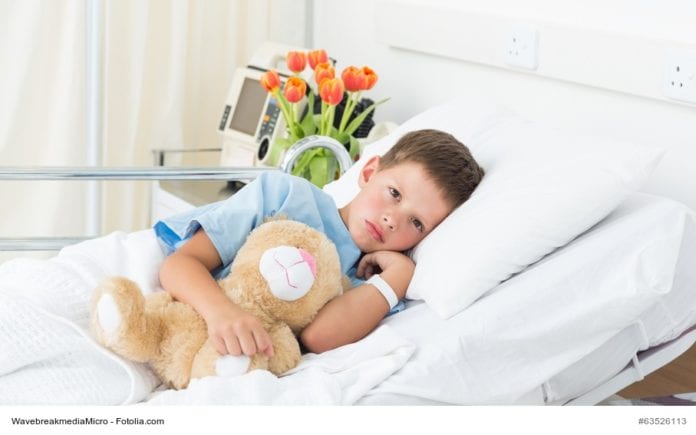Surveying hospital inpatients and their families about their hospital experience is an increasingly important measure of care quality. However, researchers have lacked a standardized way of collecting, evaluating and sharing such information about children's hospital experiences, hampering efforts to measure this component of pediatric care quality. In the journal Pediatrics, members of the Center of Excellence for Pediatric Quality Measurement (CEPQM) at Boston Children's Hospital and their colleagues describe their development of the Child Hospital Consumer Assessment of Healthcare Providers and Systems (Child HCAHPS®) Survey, a nationally-developed measure of patient experience and care quality for inpatient pediatric health care designed to allow ready collection, comparison and benchmarking of patient experience data across hospitals.
Child HCAHPS builds on the Adult HCAHPS® survey, the national standard for measuring patient experience among adult hospitalized patients and used in nearly every hospital around the country. The child survey is the culmination of a nearly three-year long Agency for Healthcare Research and Quality (AHRQ)/Centers for Medicare and Medicaid Services (CMS)-funded effort to create a patient experience measurement tool that could be publicly available and harmonize with Adult HCAHPS.
"Adult providers have relied on Adult HCAHPS for a decade to support care accountability, institutional accreditation and research on care disparities and policy development," said study senior author Mark Schuster, MD, PhD, director of the CEPQM and chief of the Division of General Pediatrics at Boston Children's. "The quality improvement community has eagerly awaited a comparable patient experience tool specifically for pediatrics, especially as insurers have started writing requirements for patient experience surveys into their hospital contracts."
Child HCAHPS was developed through a rigorous process that included an in-depth literature review, solicitation of stakeholder, expert and focus group input, extensive cognitive interviews with parents and a nationwide 69-hospital field test. Child HCAHPS comprises 18 composite and single-item measures that allow parents and caregivers to rate their and their child's experience as hospital inpatients, such as how well doctors communicate with a child and the noise level of their child's hospital room. In addition to adapting items from Adult HCAHPS to be applicable to pediatric care, items were also developed de novo during the survey development process that reflect additional key topics that are important to pediatric care.
"Discussions with parents in particular were helpful throughout the development of Child HCAHPS from feedback on topics to include or exclude, wording of survey items and developing composite measures that were easily understandable," says study lead author and CEPQM managing director Sara Toomey, MD, MPhil, MPH, MSc.
The data hospitals collect through Child HCAHPS could play a critical role in assessing and improving the pediatric patient experience at the local and national level. In January 2015, the National Quality Forum—a national non-profit body that works to catalyze improvements in health care through evaluation of quality measures—formally endorsed Child HCAHPS as a robust, evidence-based means of measuring patient experience. CEPQM now is working with hospitals across the country to encourage adoption of Child HCAHPS by hospitals serving children nationwide.
"Since it became available earlier this year, hospitals across the country have started using Child HCAHPS as a driver for measuring and improving the quality of pediatric patient experience," says Toomey. "Nationally, CMS is developing a strategy for piloting the collection of Child HCAHPS data from states as they do already with other surveys, including Adult HCAHPS."
Schuster notes that those who will benefit the most from the widespread use of the survey are the families seen by hospitals serving children nationwide.
"This is about family engagement in the process and giving families a voice in the effort to measure and improve quality," he says. "It's about encouraging hospital clinicians to better serve families by talking to them about side effects, going over what to do when they get home and treating people with respect. In those domains, we think Child HCAHPS will lead to better care for children and families across the country."


